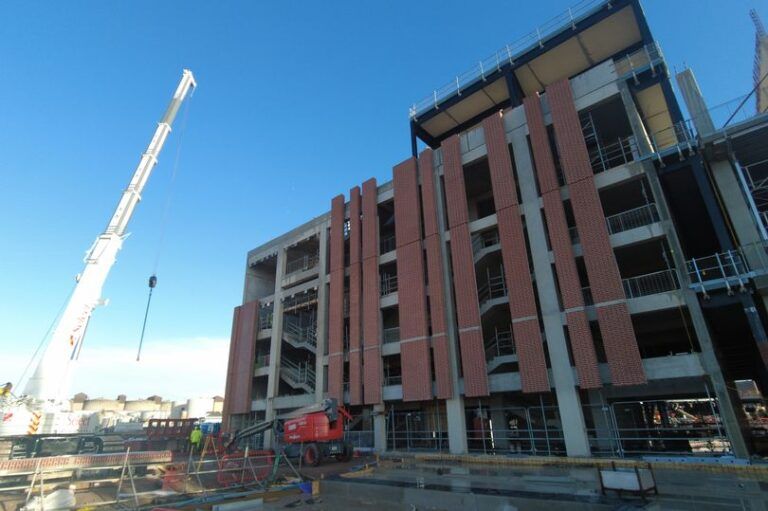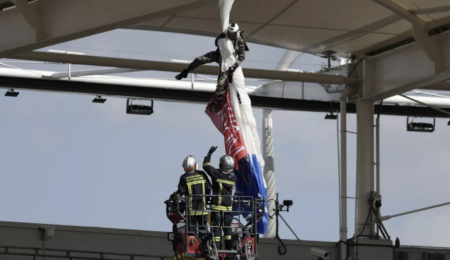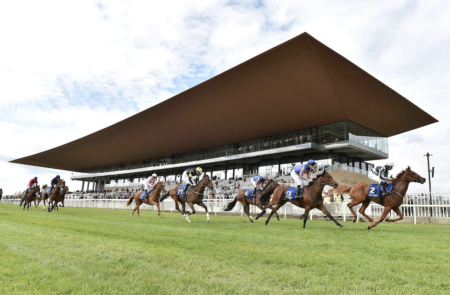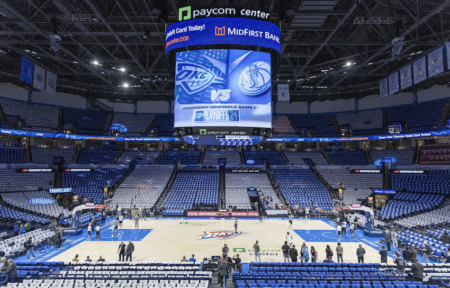More than half a million bricks will clad Everton Stadium in a design that complements the industrial dockside surroundings. Each panel is computer-designed in a 3D environment before being manufactured from real bricks under carefully monitored factory conditions.
The first of 731 brick façade panels have already been installed in the north west corner of the emerging building. They will all be manufactured off-site through multinational construction company Laing O’Rourke. “With Laing O’Rourke’s expertise in off-site construction and the fact these are being made at Explore Manufacturing, who also have a lot of experience in delivering projects of similar size, it was a bit of a no-brainer for us,” said Mike Young, Principal Facade Engineer at Laing O’Rourke.
The decision to incorporate cutting-edge design and manufacture off-site, under carefully monitored factory conditions, rather than use traditional bricklaying techniques, is one that has many benefits, including quality assurance, sustainability, speed and safety. “Off-site construction is significantly safer than traditional brick cladding methods, so the guys working in the factory are going to be far less exposed to various hazards that they would be on-site,” said Young.
Off-site, quality assurance can be better tested, and a traditional brickwork build would significantly increase construction cost in terms of the machinery and personnel required. The 731 brick panels will align with 240 coping panels. The finishing touch will be a contrasting dark red brick pattern, interweaved into the individual panels to provide a visual representation of the historic Goodison Park latticework, first pioneered by Scottish stadium architect, Archibald Leitch.
“These are real bricks, hand-made in Loughborough and then sent away to be cut into 520,000 different, individual half brick components. Each one has a special key cut into the back, so they are able to be cast into the concrete panels,” said Young, adding “Ultimately, once it is finished, we’ll get the Leitch truss pattern. The trick, and the difficulty that the architect had, was the fact that although the panels are relatively consistent, the gaps between the panels are not, so every single brick panel is unique in its overall pattern.”





